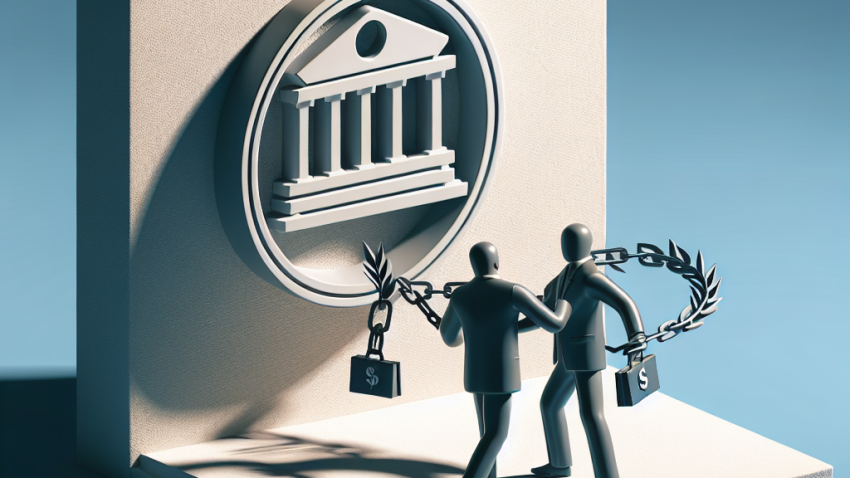
Behind the FCA’s Latest Crackdown on High-Interest Credit Products
Banks vs Consumers: Who Really Wins in the Credit Card Game?
Ah, credit cards — those glossy little rectangles of purchasing power that promise rewards, convenience, and a temporary sense of wealth. But behind the cashback offers and airline miles lies a complex financial system that often tilts in favor of the banks. If you’re wondering whether you’re truly winning in this game or simply being played, sit tight. I’m Eleanor “Ellie” Cartwright, your fierce, slightly sarcastic, and always fact-based advocate in consumer finance. And today we’re diving deep into the credit card game to determine who really comes out on top: you or your bank.
The Illusion of Benefit: Why Rewards Aren’t Really Free
Let’s start with a hard truth: credit card rewards are a business strategy, not a gift. Those points you collect? They’re carefully designed to encourage more spending, especially the kind of spending you can’t comfortably afford.
How Rewards Work in the Bank’s Favor
- Higher fees: Banks make money from the merchants each time you swipe your card — and they charge higher fees for rewards cards.
- Interest accrual: If you carry a balance, the bank earns big on interest. In the U.S., average APRs soar above 20% in 2024.
- Breakage: That’s industry talk for unredeemed rewards. Yep, most people don’t even use all the points they earn.
So while you’re thumbing through vacation photos funded by your points, the bank is thumbing through its quarterly profit report. And spoiler: it looks great — for them.
Consumer Behavior: The Psychology of Spending
Ever wonder why it’s easier to splurge with a credit card than with cash? It’s not you, it’s behavioral psychology.
The Science Behind Overspending
- Pain of paying: When you use cash, you feel the expense. Credit cards dull that pain — making you more likely to spend.
- Minimum payments: These tiny payments give consumers a false sense of managing debt while helping banks collect more interest over time.
- Lifestyle inflation: Rewards cards are often tied to “premium” branding, subtly pushing consumers to spend on a higher lifestyle bracket than they can reasonably maintain.
Think about it: Would you have bought that third streaming service or $8 latte if you had to peel back actual cash bills? Probably not. But a little plastic makes it feel harmless – until the debt arrives.
The Real Cost of Carrying a Balance
According to the Federal Reserve, nearly 45% of American credit card users carry a balance month-to-month. And that balance comes with a steep price tag.
Interest Isn’t a Minor Fee — It’s a Treasure Trove
Say you owe $5,000 on a credit card with an APR of 20%. If you only make the minimum payments (say, 2% per month), you could spend over a decade repaying that debt and fork over more than $6,000 in interest alone. That’s more interest than debt. It’s not a credit card — it’s a long-term liability.
Bank Strategies: How the House Keeps Winning
Credit card companies aren’t just winning — they’ve engineered the game in their favor through decades of lobbying, marketing psychology, and finely tuned risk modeling.
Common Bank Tactics
- Teaser rates: 0% APR for 12 months — but the fine print includes a sky-high rate afterward and often triggers retroactive interest if you miss a payment.
- Late fee traps: Miss one payment by a day, and you may see a late fee added and your interest rate hiked, thanks to what’s called the “penalty APR.”
- Overlimit fees: Make a transaction over your limit, and rather than declining it, your issuer may approve and charge you extra for it. Yes, that still happens.
With billions in profits annually, these practices aren’t isolated incidents — they’re systemic strategies perfected over years.
Consumer Protections: Are They Enough?
In the U.S., we have the Consumer Financial Protection Bureau (CFPB) fighting for fair practices. And yes, they’ve done some good — like requiring more transparent terms and limiting certain types of fees under the Credit CARD Act of 2009. But let’s be honest: when you’re up against some of the largest financial institutions in the world, it’s David versus Goliath. And Goliath has a budget line for lobbyists.
What You Can Do
Consumer power lies in awareness and behavior. If you want to turn the tables and walk away from this game with your finances intact, here’s how:
- Pay in full each month: Avoid all interest and most fees by treating your credit card like a debit card with perks.
- Use rewards cards strategically: Only spend on categories you already budget for. Never chase points with unnecessary purchases.
- Read the fine print: Understand your APRs, fees, grace periods, and reward caps.
- Monitor your credit utilization ratio: Keep it under 30% of your limit to maintain or build a healthy credit score.
- Don’t be afraid to switch: If your bank raises fees or cuts benefits, shop around. Loyalty is expensive in this game.
The Verdict: Who Really Wins?
Banks win — unless you play smart. They profit from every swipe, every missed deadline, every revolving balance. But that doesn’t mean you have to lose. By understanding their tactics, you’ll realize this game isn’t rigged; it’s just complicated. And complicated can be conquered — with knowledge, restraint, and maybe a little righteous indignation.
At the end of the day, the credit card game isn’t just about perks and points. It’s a system designed for the few who read the rules — and a trap for those who don’t. So ask yourself: are you playing the banks, or are they playing you?
Have thoughts or want to share your own financial advocacy story? Reach out through our contact page. Because in the world of financial policy, silence is compliance — and trust me, I don’t do quiet.

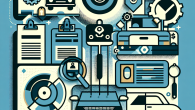
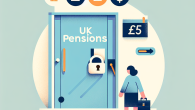
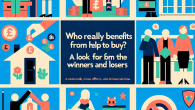

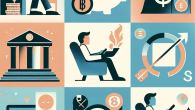
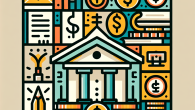
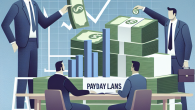

Leave a Reply